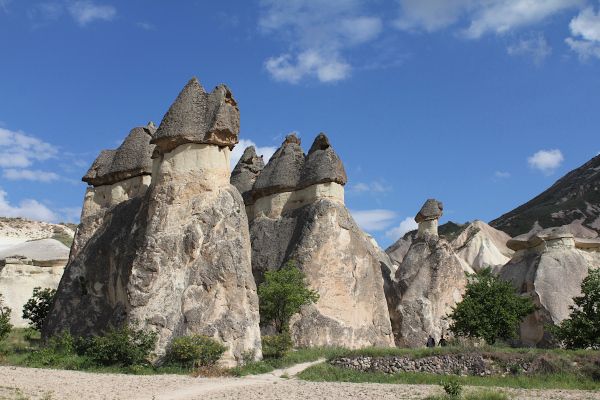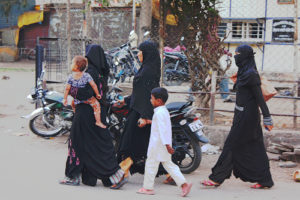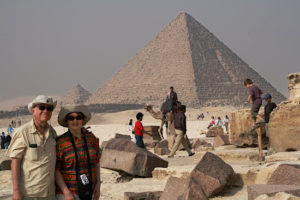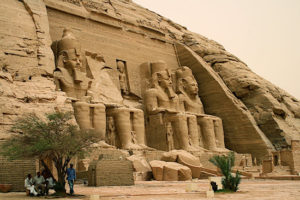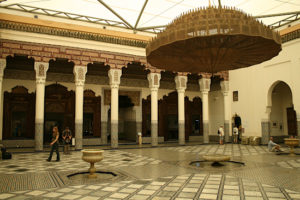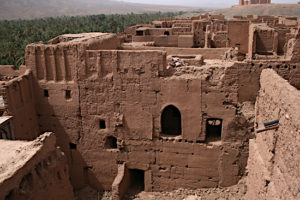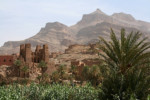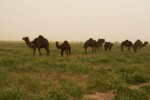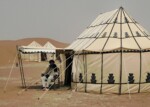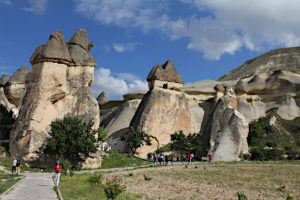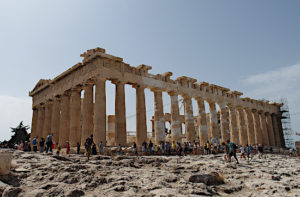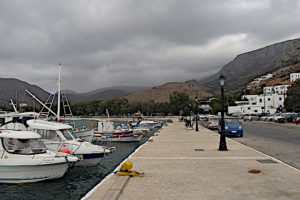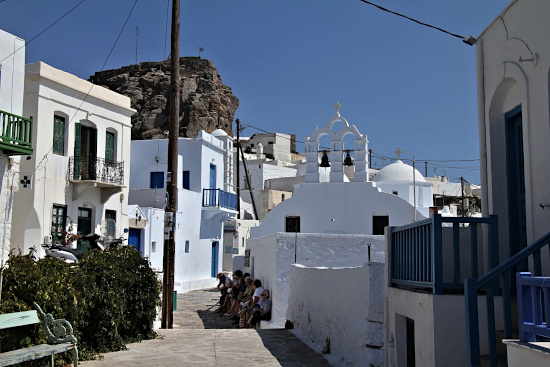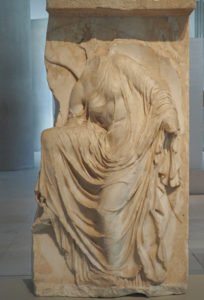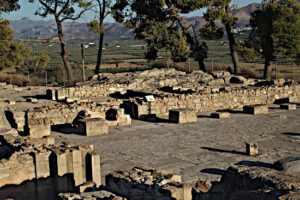John and I have traveled in the most varied countries, some in what is referred to as the third world, beginning in 2006 with India. Before 2006 we kept to Europe or an occasional visit to Florida to see Bert, John’s dad.
We have been to several Muslim countries, not even counting India, which has a Muslim population of over 200 million. India seems to be the country where you most often see the totally hidden faces among the women.
Many Muslim Indian women wear burkas where only their eyes are showing. John once at our hotel in Mumbai saw a burka-dressed woman with her eyes barely showing and next to her was her husband dressed in shorts, flip-flops and an open shirt. What scandalous hypocrisy. In spite of this prehistoric way of obeying the Koran, some Hindus convert to Islam to get rid of the stifling caste yoke.
It must be added here though, that the educated classes of the Muslim religion wear perfectly modern dress, such as our friends in Bangalore, Amina and her family. Amina is an expert on natural medicines, and she, her husband and son whom we met one memorable evening in Bangalore were quite like any western young family, traveling around on a big scooter, the three of them. We came from Mumbai and were on our way to wonderful Hampi and Badami in the state of Karnataka.
Egypt
The first of the predominantly Muslim countries we have been to was Egypt in 2007, where we of course saw all the amazing standard things, temples, and pyramids, the most impressive Sphinx, very worn on the sides, and the enormous relief statues at the temple of Abu Simbel in the south, just to mention a few of the high points. We went to the valley of the Kings one very early morning when the guide told us later on that it had been 45° in the shade that afternoon. She had been wise to get us all up around 4 or 4.30 in the morning.
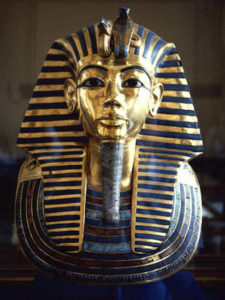
Tutankhamonn’s mask from Wikipedia — no pictures allowed.
We also visited with our guide the perfectly enormous “Mosque of Muhammad Ali” in Cairo, where we had to take off and carry our shoes and set them down upside down on the floor. In India you always leave your sandals outside the door of the temple, but this mosque was far too big for such a procedure. The size of this mosque was perfectly stunning. This grand mosque was built in the early 19th century.
Cairo Museum is another landmark in Cairo. It was a rare treat and, lo and behold, Tutankhamun (1342 – c. 1325 BC) was at home. I also loved to see Nefertiti, who was the very entity of earthly beauty for my one-year history teacher, who was also my wonderful English teacher.
We were not allowed to take pictures in the museum, but what was important was of course to actually see all these beautiful and historic treasures.
This was the only package tour John and I have ever taken. We lived most of the time on a very comfortable boat that traveled up the Nile past locks and along gorgeous river banks. Everybody was French, our friends Jean-Jacques and Christiane and all the others, counting about a dozen or so. We went by boat to Luxor and one day
took a flight to Abu Simbel, back and forth, getting up very early as I remember. But the huge and very impressive statues at the temple of Abu Simbel were well worth it.
Morocco
Morocco in 2010 with a fabulous few days in a desert tent village (for tourists), complete with a camel ride to observe the setting sun.
Gorgeous Morocco was also a very pleasant discovery, a kind of country we had never been to at the time, its scenery and its way of life. We admired the old fortified
towns (ksar) and the huge caravanserais where, in the distant past, the people who came with the camel caravans through the desert put up as they reached their goal — or on the way to their goal. Arabs invaded northwest Africa where Carthage (now Tunis) was once the center of civilization and trade in this region. What is now called Maghreb in Arabic and French means “west”. The Arab immigration came from the east of course, bringing Islam and many other features of their civilization with them. The migration of Arab tribes to North Africa in the 11th century altered the character of this region forever. They of course brought with them their language and their religion, which are still there today
Of the old cities we saw ion the southern side of the Atlas mountains, the ksar (fortified city) of Tamnougalt impressed me the most, with its ruins of palaces and caravanserai. It had once been a major city for the caravans to stop at.
They had arrived in the west, which the caravans were headed for. Did the Arabs who were arriving in Maghreb need more “Lebensraum“?
We crossed the Atlas mountains, a memorable event, on our way from Marrakesh to Fez. A stunning country and a country of beauty and history.
We had seen desert in Egypt by the pyramids, for instance, but this was not just any little piece of desert. This was on the edge of the Sahara.
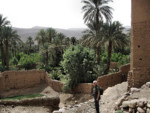
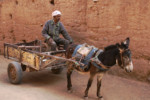
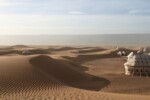
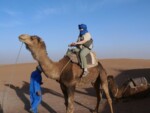
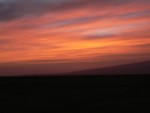
Turkey
We have visited Turkey twice, and it is by no means a third-world country – in spite of the retarded policies of President Erdogan, who seems to imagine he might somehow make himself the head of a new Ottoman Empire.
Our first visit to Turkey with our friends, Jean and Danièle, Jean-Jacques and Christiane, was in 2011, and it was a complete success.
We took a boat trip up north through the Bosporus, almost to the Black Sea, and it was amazing to see all the palatial houses on both sides of the sound, possibly mostly on the Asian side. That is when I got to know Nihal, a delightful woman whom I have never forgotten. She was traveling with three somewhat elderly family members, and her English was perfect. Her group and I were all sitting below deck, and I had a long chat with Nihal.
We all had lunch at the same restaurant, she with her group and the six of us at the table next to theirs — our group of six more or less French. I remember that Jean looked a bit hirsute since he had not shaved for a couple of weeks. He did finally get a shave and a haircut by a barber in Istanbul the very next day.
After Istanbul we went on to the town of Selçuk, a charming town on the west coast of Asia Minor. From there we made excursions south, north and west to the Adriatic Sea and, among other things, we saw several beautiful archaeological sites.
First was the overwhelming site of Ephesus, also on the west coast of Asia Minor. This world-famous and enormous archeological site can still possibly be surpassed in beauty by Archaia Messini (Ancient Messene) in Greece, central Peloponnese, which we have visited twice in recent years. However, in size, Ephesus takes the prize.
What now stands out in my mind about this pleasant town of Selçuk is its huge number of storks who had made their nests on the tops of ancient columns.
John and I enjoyed Turkey so much that we went back in 2012. We first went back to Istanbul, picking up on a few sites that especially I had missed on our first visit, or that we wanted to see again.
We were very sorry to miss out on meeting up again with my new friend Nihal from the previous year, but it so happened that she was in Geneva at the same time to see her son who was a student there. We had actually been invited, in an email, to a wine tasting dinner with Nihal and her husband.
In Istanbul we had a very memorable adventure in the Grand Bazaar, which concerns suede and leather jackets. No details here. It was memorable just because it was so very maddening and embarrassing. We were taken in like any stupid American tourists I still today feel a bit embarrassed every time I wear one of the two suede jackets I ended up with, after making a bit of a scene the following day.
Our second main goal this time was Cappadocia (Kapadokia in Turkish). Even apart from the most spectacular rock formations, a product of millenia of weather, rain, wind, sun and who knows what all, Cappadocia offers beautiful scenery and interesting folklore. The often mushroom-like formations are in a way reminiscent of the strange formations you find in the national parks in the desert-like southeast of the U.S.– for instance south of Santa Fe, NM, and in Arches National Park. It is generally speaking amazing to see the strange formations nature has produced over millennia.
Added to the scenery that is of course fantastic, we also enjoyed the town of Göreme. We were staying in a very friendly hotel. The owner recommended a wonderful family restaurant to us where I believe we ate every evening. We got to be food friends with the family.
We have visited Muslim countries, numerous Hindu states in India and Tanzania, an African Christian country and a former British colony. The missionaries must have done a good job there, since the people seem to be thoroughly Christian.
But Tanzania and the fantastic fauna will be the subject of another chapter.
Greece
From 2014 to 2018 we stubbornly returned to Greece on our vacations, and of course we spent a couple of days in Athens the first year and once again two years later. In between, we decided to go to Crete only, which we did not regret. Both the people and the scenery were remarkable – and the archeological site of Phaestos on the south coast was gorgeous in the almost setting sun..
The one thing that stands out from our two visits to Athens is obviously the Acropolis. Not only is it a marvel, but in 2017 we also made it to the Acropolis Museum, probably one of the most beautiful museums in the world. It is an archaeological museum focused on the findings of the archaeological site of the Acropolis of Athens. We also very much admired
the temples and the two amphitheaters, the small one below, the Dionysus theater having been the site of the first performances of plays by Sophocles, Aeschylus and Euripides. What a feeling sitting there where the antique audience had spent an entire day watching one play after another. They must clearly have brought food and drink.
Our first year we went on from Athens, Piraeus that is, to the island of Naxos by boat. We were staying a few days in a nice family hotel eating at a very good and friendly restaurant on the beachfronts. My lasting memory of the pool at the hotel was a a darkly-tanned little girl who was part of the owner family and who swam like a dolphin.
From Naxos we took a boat to the beautiful island of Amorgos. Our hotel was on the steep slope of the hillside on the west coast of the north part of the island. This northern part of Amorgos is all hills. Unfortunately the weather was not in our favor, a bit cool, and the nicest day was when we took a trip south to the old town of Chora on the east coast of Amorgos. The town could not have been whiter. The strange thing was that it was sunny and warm in Chora while it was overcast and cool in Aigiali.
The pool was big and looked wonderful but since it got to be cool I at least just went swimming there once.
Our third island was Santorini (Thira) where the principal town is mostly up on a rock. On our last day there we found that the island was invaded by German tourists. Oh well.
My most lasting memory of the islands is the green-blue water in the shallow parts close to the islands that you see as the boat gets into harbor. However, to get back to Athens for the flight back to Lyon we went by air, and we have not forgotten how we had to wait for the plane for several hours in an inadequate, small airport waiting hall. The next morning when we were leaving it was raining in Athens. Very unusual.
After our island visits of 2015, we spent an early autumn vacation in Crete, followed by two visits to the Peloponnese.
The vacation in the year 2016 we spent in Crete only. We first of all visited Knossos from Heraklion, of course, and we loved it and its gorgeous setting among the trees. But I do think that the archeological site that stands out the most for us was Phaestos, a much smaller site, surrounded by enormous olive groves. It is close to the south coast and the bottled-water-making town of Zoros. We must have been drinking Zoros water from the tap at our hotel. It was the best.
A friend of ours sent us a postcard one year from Peloponnese, and that gave us the idea of moving on from Athens and the islands. We had by then fallen in love with the country and the people, beauty and friendliness. John would add — and the good food.
We must be real lovers of archeological sites, for the next year and the year after that we discovered the fabulous Archaea Messini (Ancient Messene)). It is very simply the most beautiful archeological site in the world — quote from the lady who sold the tickets at the adjoining museum, an archeologist herself most certainly. These are some of the ruins of the large classical city-state of Messene.The site dates from the 4th century BC.
These are but a few of the travels we have done in this century, but maybe the most exotic ones. Tanzania still remains though to get its own chapter. It was a totally different kind of vacation and it did leave an unforgettable mark on our minds. But Greece is a fairyland and I can not forgive the IMF and the World Bank for leaving it in such dire straits.
We were there in the summer of the Greek Bailout Referendum when the OXI (No) won big time. OXI was scrawled in graffiti all over walls and streets, and I guess someone told us it was pronounced ‘Ochi’. Right after that, Alexis Tsipras betrayed Greece and his own Syriza party. The former minister of finance, Yanis Varoufakis, explained later what had happened. He has gone on to explain a lot of basic economics (and not so basic) in writing and in speaking. Varoufakis resigned from his post after Tsipras’s betrayal.
However, no matter how much they try to destroy Greece, it will always be there, with its islands and its blue-blue water. And its gorgeous old ruins, friendly people and delicious food.
Continued: Chapter 42 (Part 1) — Photo Safari through Tanzania


